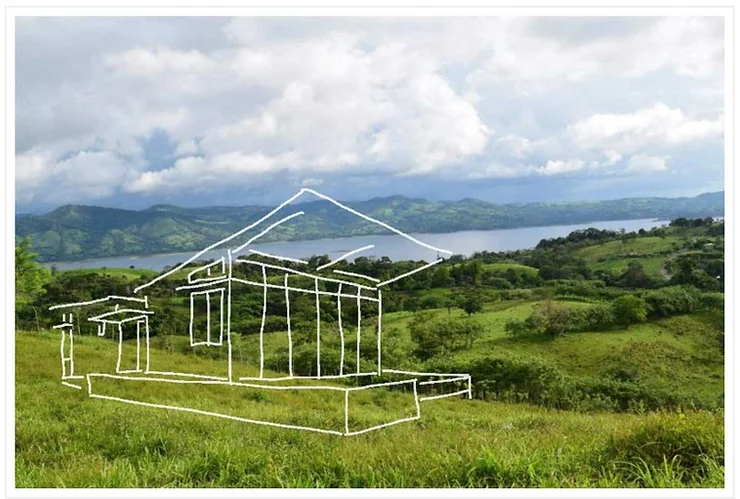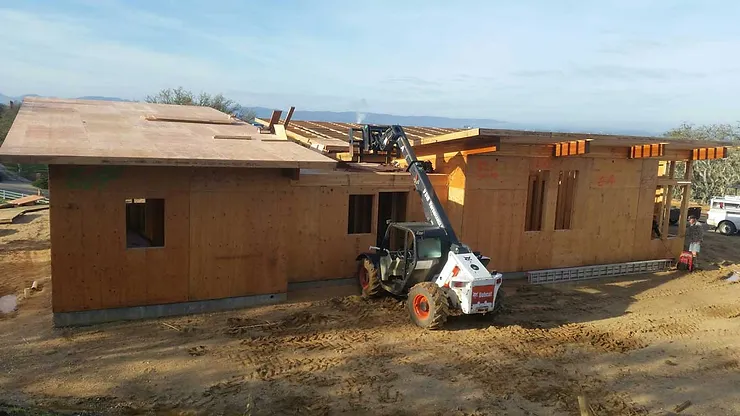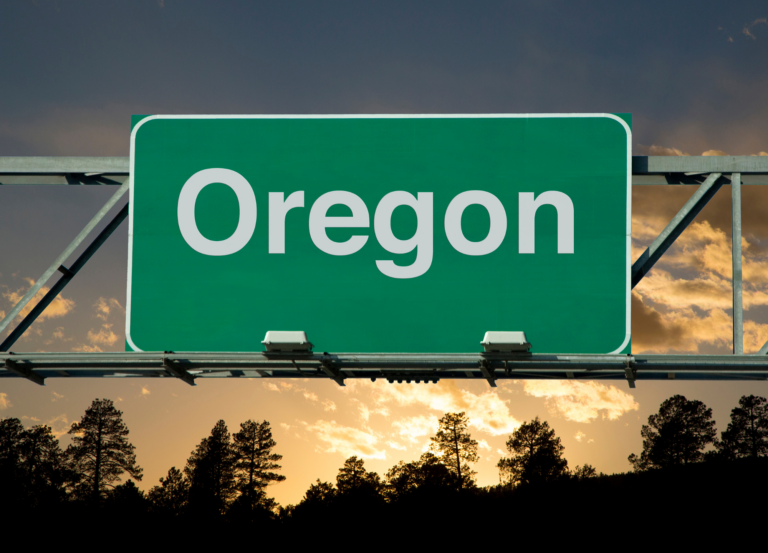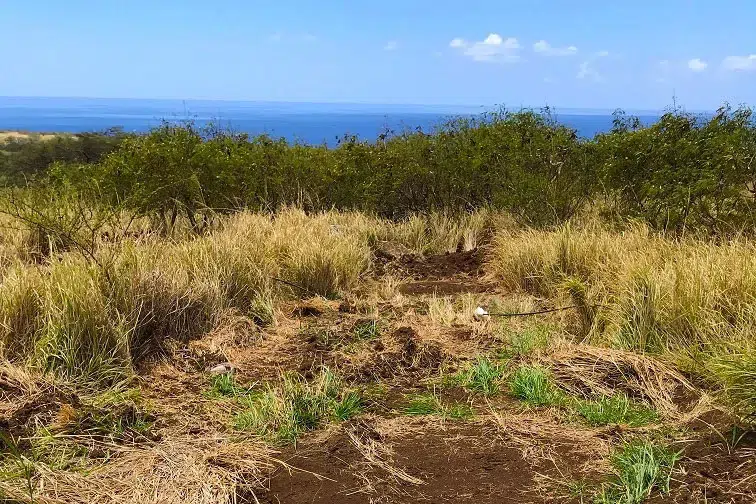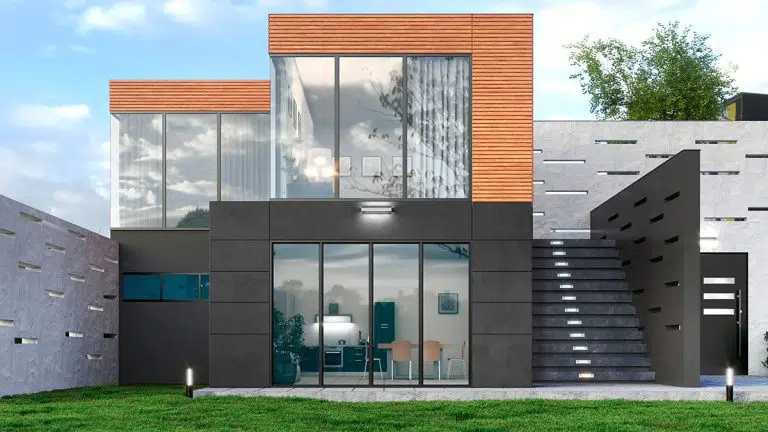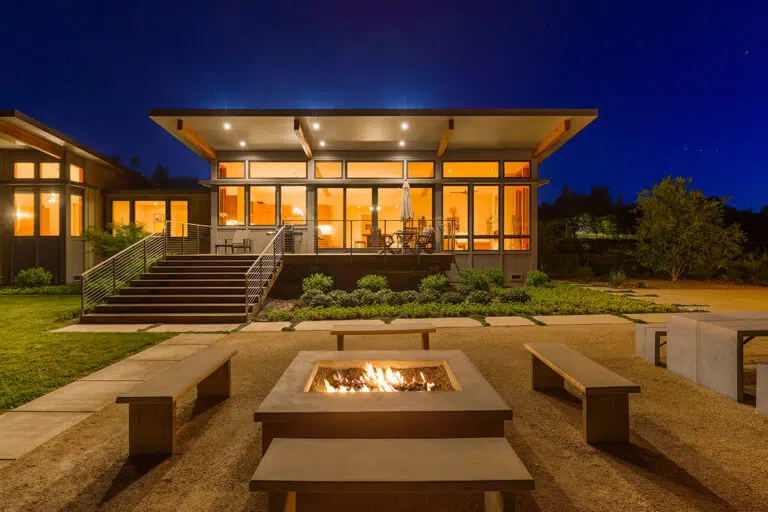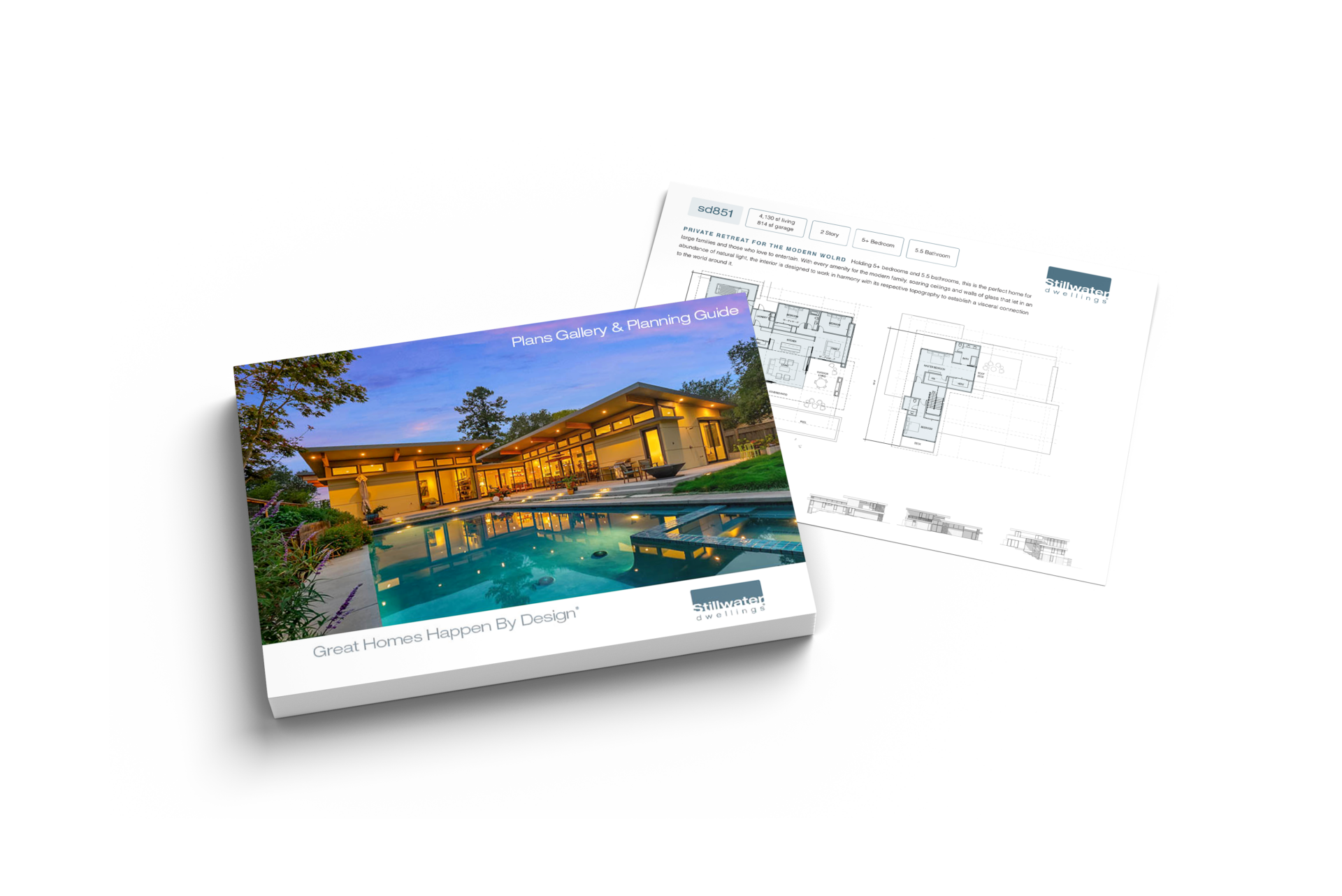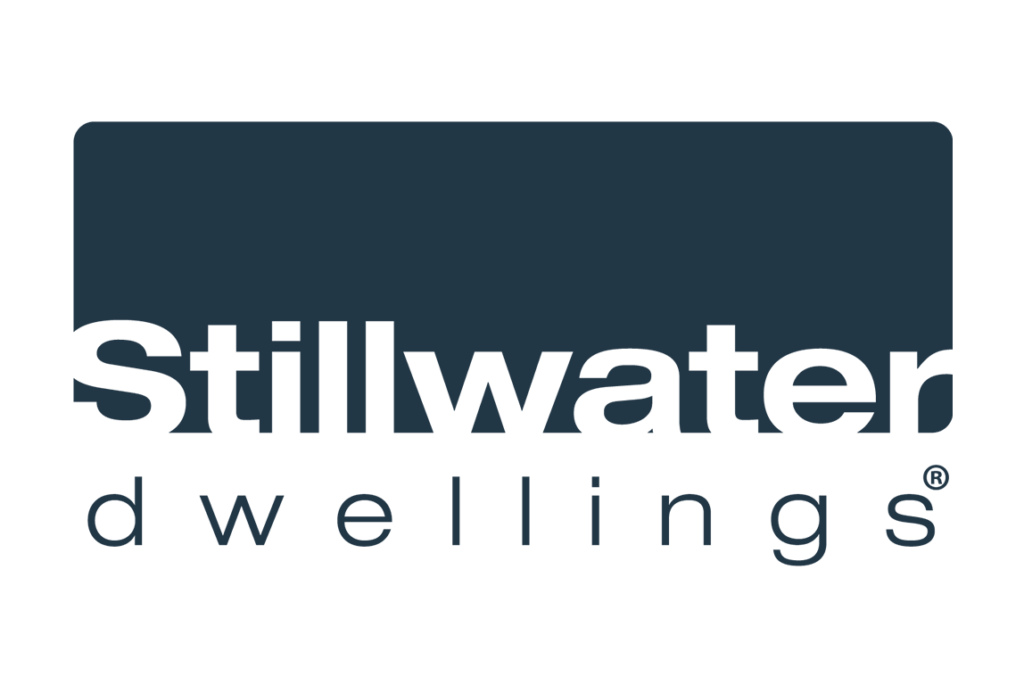Before you build your dream home, you must find the dream location. For most, finding residential land can be a daunting and difficult process. Here are a few basic tips to help you get started.
Finding Land
Whether you already know where you want to buy land, or you’re still in the early stages of planning, finding that perfect plot can prove to be the most difficult task of all. Here are a few options to explore:
Search Online Land Listings
Traditional real estates sites like Zillow and Redfin display MLS listed land sites available. These sites provide search filters that allow you to locate land within a specific area and within a set price range.
Visit land-specific sites like LandWatch.com, LandCentury.com and LotNetwork.com. While these sites provide listings for all types of land, including residential, commercial and farm lands, they are easy to filter and sort. For more information about a specific listing, you can reach out to the individual land sellers or agents.
Reach Out To Local Real Estate Agents
Your local real estate agent will have access to all MLS listings for land and maybe even know of some that have not yet been listed.
Scout Established Neighborhoods
Driving through areas in which you’d like to live, and even talking to the neighbors, can provide valuable information about the area and possible available land.
Use Google Maps
Use Google Maps to view locations in 3D before heading out to see the site. You will be able to get a sense of the shape and size of the site, the distance from street and views from the site, etc.
Visit The Site
Once you’ve narrowed down your selection, be sure to visit the sites in person to get a better sense of the location, topography, views and surroundings. Ask if there is a survey/topo map available to gain an understanding of potential site prep/foundation costs.
Things To Keep In Mind
Finding the land is half the battle. Here are some additional items to consider before purchasing your dream site.
- Consider Utilities: The cost to run power to your home could be a large percentage of your budget and should be estimated on the front end. If a lot you are considering does not already have utility connections on the site, you will need to get estimates from local providers to understand the costs.
- Consider Site Restrictions: Most building sites have restrictions that dictate where, and even what you can build. For more detailed information about this, read our site restrictions article: https://www.stillwaterdwellings.com/how-site-restrictions-may-affect-your-new-home-design/
- Permitting: Get information about wind ratings, snow loads, easements, protected areas, and whether the land is in a flood plain or wildfire hazard zone. Understanding the associated permitting requirements will help you learn about any additional costs and potential delays.
- Architectural Consultation: Obtaining the advice of the home designers is immensely valuable in these beginning stages. If you’ve identified a site you are seriously considering, we will be happy to offer advice about building your Stillwater home on that specific location. Once you’ve purchased the land and selected your Stillwater design, we will guide you through all permitting and other processes involved to make sure your home is designed to sit perfectly within your site and meets all requirements.
- Prepare Your Financing: Unlike purchasing a home, many banks and lenders will not issue mortgages or other financings for empty land. Although some banks do offer land loans to finance the purchase of an empty parcel, these loans may have higher interest rates than a traditional mortgage and can require as much as 50 percent down according to Bankrate. Instead, if you can come up with the cash to buy the land outright, many lenders will issue construction loans using the land as collateral. These loans are easier to secure and generally have more favorable terms.
